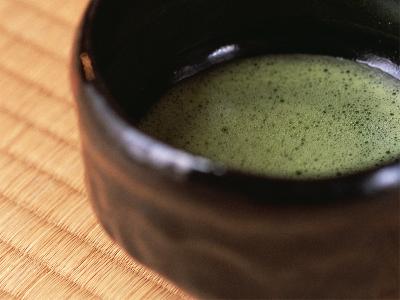茶道 Sadou Sadou (Tea Ceremony)
|
Powdered green tea was introduced from China in the Heian period (794 to 1192). It gradually became popular as a luxury item. In the meantime, as opposed to the enjoyment of tea at a lively banquet, Sado (way of tea) or Wabi-cha appeared. In Sado, unsophisticated ceramics are used and it puts emphasis on spirituality. Sen no Rikyu accomplished Sado, avoiding the play elements, putting an emphasis on the spiritual interaction between people and having a corresponding intensity. What Rikyu pursued was the mind that tries to obtain aesthetics and contentment. As is said that every aspect of Japan’s art craft is included in Sado, Sado is the integrated art that covers tea ceremony utensils, architecture of a tea house, Haikai (poems) and so on. Through its aesthetic concepts of motenashi (hospitality) and shiturai (manners concerning rooms), “kanjaku (a serene desolation)” and simple but refined state of mind, Sado has an incalculable influence on Japanese spiritual culture.














